
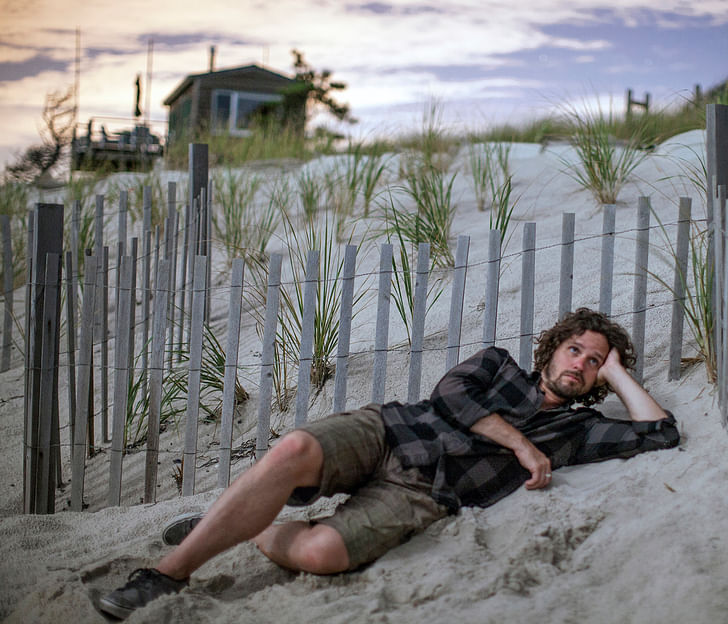
In Focus is Archinect's series of features dedicated to profiling the photographers who help make the work of architects look that much better. What has attracted them to architecture? How do they work? What type of equipment do they use? What do they think about seeing their work in blogs?
In this feature, we talk to New York-based photographer, Scott Benedict.
What is your relationship with architecture? What drew you to architecture, as a photographer?
My relationship with architecture has always been one of ambivalence. I’ve struggled with how such a complex endeavor can coalesce and be readily communicated through our representational capabilities. This dates back to my days as a fine arts and then architecture student at Pratt Institute under the tutelage of renowned instructors Gamal El Zoghby and Raimund Abraham. They instilled in me a sense that the weight of architecture emerges from its qualities that can’t be perceived by the eye.
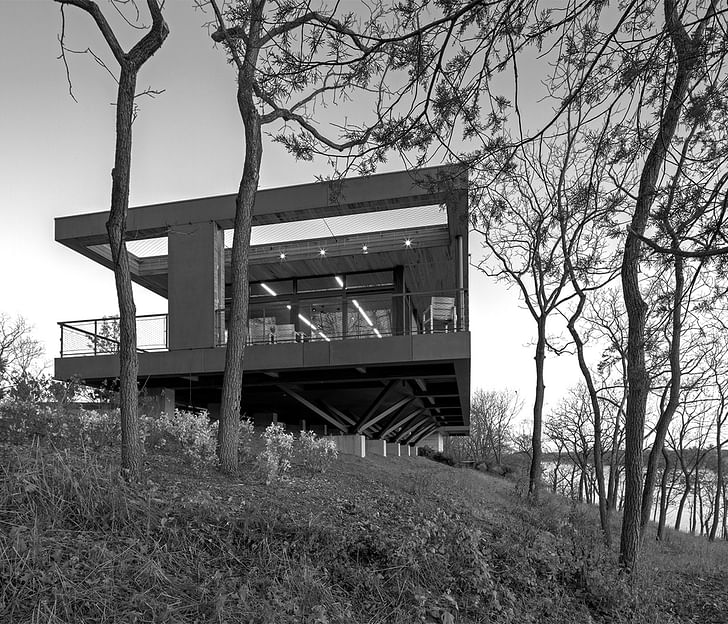
Over the years since, in concert with my practice as an architect, I continued to produce and exhibit paintings, installations, video, and photography that explored themes triggered during those days at Pratt. But my current pursuits as a photographer of architecture began late. In 2010, I photographed a synagogue by Louis Kahn that was about to be renovated and had little documentation. In comparing what I saw of his work as documented through celebrated images, I noticed my approach to be markedly different. As I visited more of his buildings and returned to his writing, I was brought back to my own exploratory pursuits and recognized an opportunity to further the development of my original inspirations and struggles on how to communicate architecture. I also saw the chance to apply this through more practical photographic output which is how I find myself working currently.
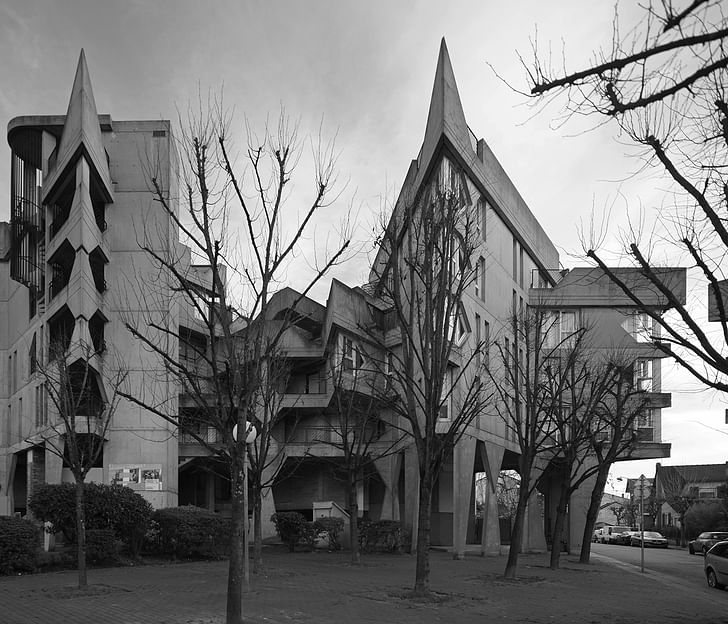
Describe how you work. Who are your clients?
I typically photograph for architects and designers. On full-day assignments, I propose to work from dawn through dusk so that I’ve covered a range of atmospheric and lighting conditions acceptable in representing a project. It requires quite a bit of stamina but also invigorates me knowing that I’m available for those evolving conditions that pass through and across a subject over some 15 hours.I aim for an elliptical and openended representation which demands the viewer’s participation.
Do you mostly work in a specific region? What is your travel schedule like?
I spend most of my time between Hudson, NY and NYC, and I’ve been fortunate to work primarily in this region for most of my commissions. I’ve also been afforded opportunities to travel around the US, Europe, and SE Asia for assignments. On occasion, I’m able to arrange speaking engagements to share my approach while on the road.
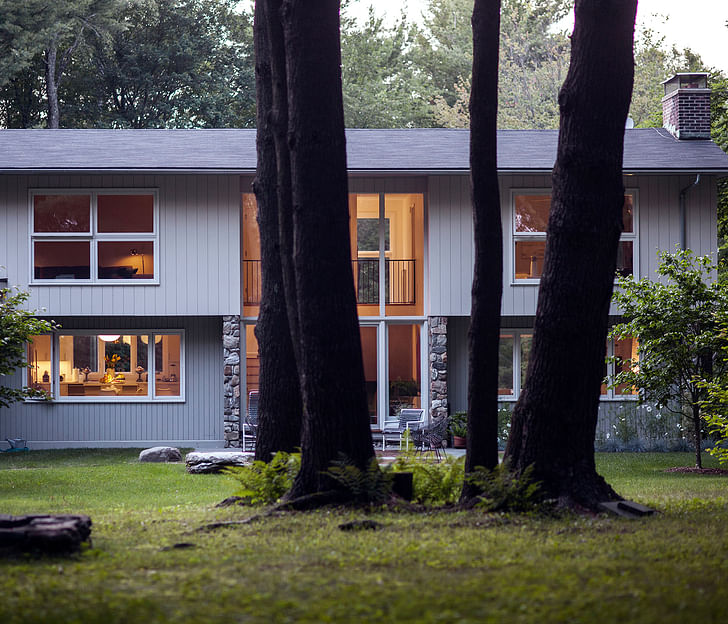
What is your goal when capturing buildings in photographs?
I aim to convey the sensation of experiencing architecture from the ground but simultaneously seek to undermine one’s sense of place in challenging the photograph’s customary role as a surrogate. Rather than attempt to paint a complete picture of a building, which is an impossible enterprise, I aim for an elliptical and openended representation which demands the viewer’s participation.
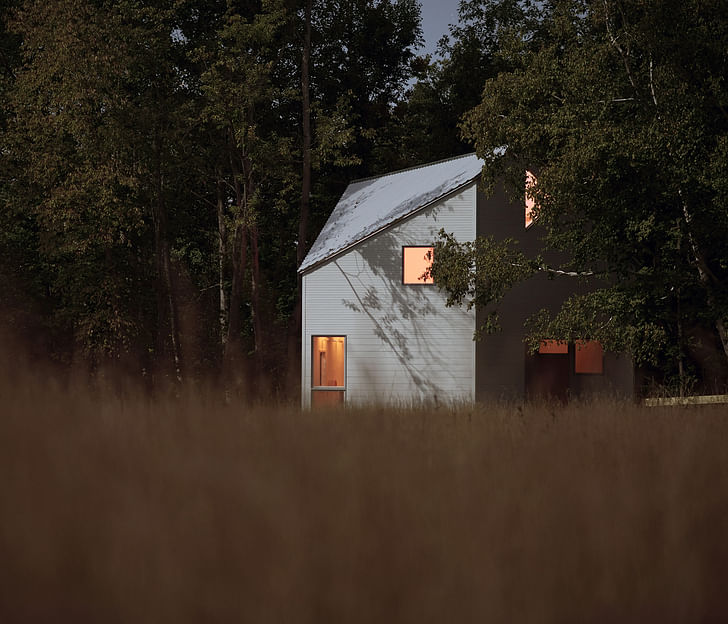

What are your thoughts about including people in your photos? Is it important to photograph a building in use, or by itself?
As I strive to make images that convey a sense of wonder over understanding, my preference is not to include people. Use can still be inferred, but I hope to elicit that from the imagining applied by the viewer.

What are your favorite pieces of equipment?
I prefer my Sony A7RII digital 35mm with adapted Canon lenses. I keep trying to find reasons to dust off my 4x5 or move to a medium format system for the wider field of view and larger sensor, but I know they would slow me down. The extensive range of vantages I’m able to capture results not so much from planning ahead of time but from the mobility the 35mm equipment provides me in moving between the more standard positions and unintended views, which are often the most revealing.
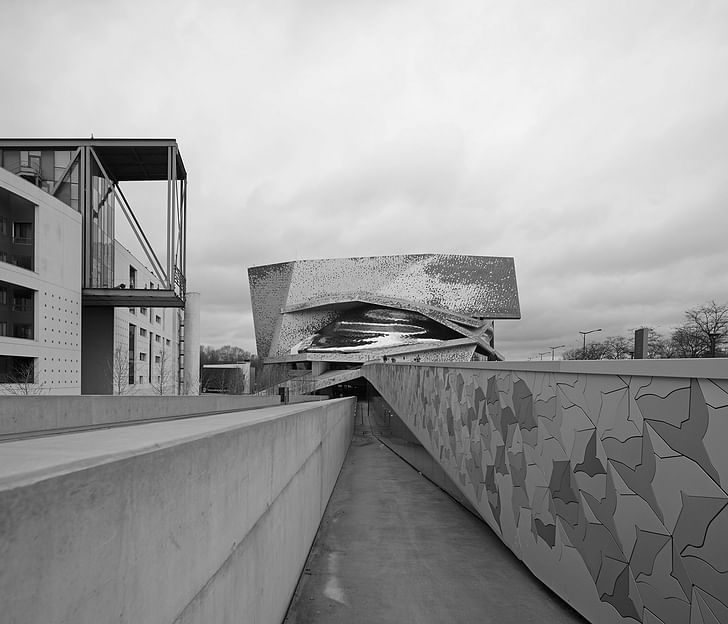
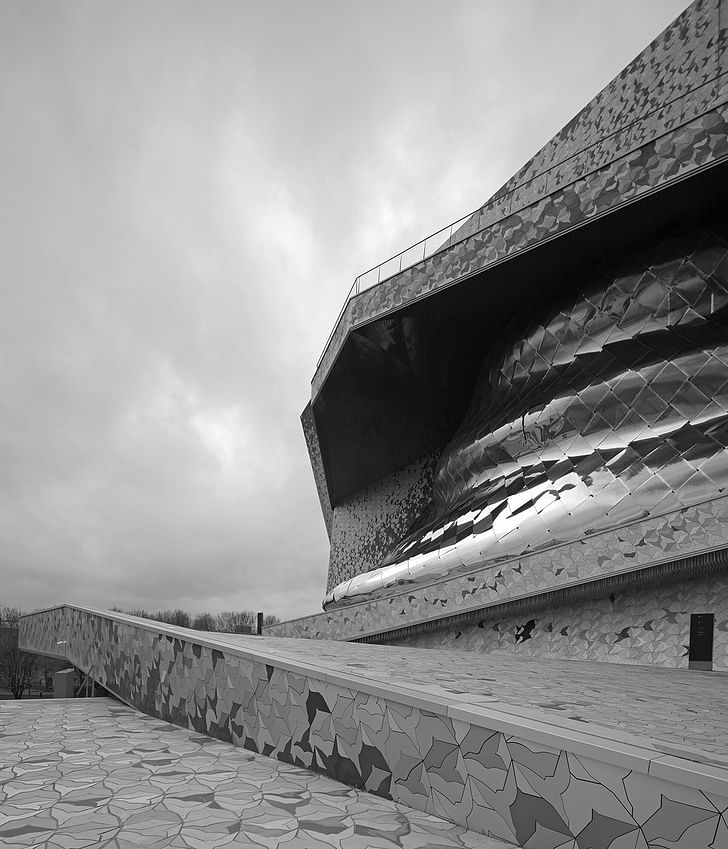
Do you work alone?
I primarily work alone but occasionally client budgets allow for an assistant. I find it helpful when covering an extensive shot list to have an extra lens or set of hands in styling and staging. Otherwise, I feel at my best and the most focused when I can navigate at my own pace.

How do you feel about seeing your photographs on blogs and websites?
I’m happy when clients’ work gets noticed on design-focused platforms for the images’ ability to celebrate their project’s vision and realization but I personally appreciate acknowledgement from platforms that focus on the theoretical aspects of photography and architecture that have consistently informed my approach.
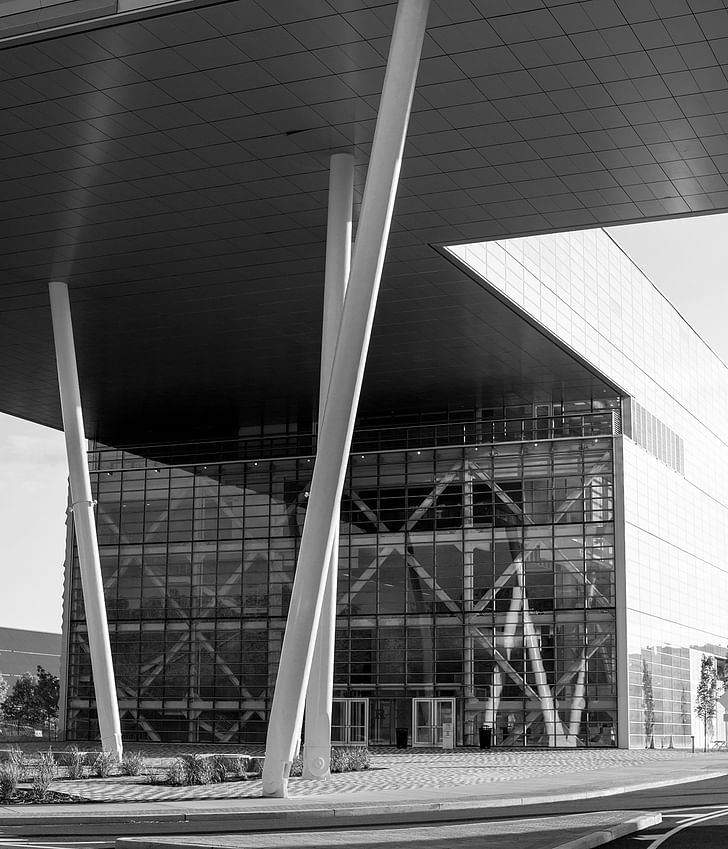
Scott Benedict bio, courtesy of the photographer:
Scott Benedict was born in Sleepy Hollow, New York. In 1985, Benedict entered Pratt Institute to study Fine Arts but soon transferred to the School of Architecture seeking to test his artistic curiosities against the laws of physics and institutions alike. Here he studied under renowned design critics Gamal El Zoghby and Raimund Abraham, the latter for which Benedict would lead design critiques during his absence while tending to a commission overseas. During his time at Pratt, Benedict participated in numerous group exhibitions of conceptual architectural drawings, including The National Gallery in Washington, D.C.
Following graduation, Benedict focused primarily on architectural practice but continued diligent exploration of architectural theory through drawing and installation design. Beginning in 2003, his output was now once again focused towards showing publicly. This would mark the first showing of a series of endeavors revolved around the notion of PLACE and how language has as much an affect as our senses in physically navigating and creating it.
Former Managing Editor and Podcast Co-Producer for Archinect. I write, go to the movies, walk around and listen to the radio. My interests revolve around cognitive urban theory, psycholinguistics and food.Currently freelancing. Be in touch through longhyphen@gmail.com
4 Comments
Who was the architect for the Great Barrington, MA residence?
Alexander, I've reached out to the owners of the Great Barrington residence and am awaiting word. They told me but I can't recall, I was focused on the interiors assignment.
I'm told that the design was inspired by a Ladies Home Journal article (1958) “in the style of” California architect William Wurster and drawn by a local architect/engineer.
Hi Scott,
Great to read this article about your current career. Loved the photographs. Love how you have combined your talents in a worthwhile career.
Block this user
Are you sure you want to block this user and hide all related comments throughout the site?
Archinect
This is your first comment on Archinect. Your comment will be visible once approved.